Scotland is considered the homeland of the twill, and from there it quickly spread throughout Europe, and eventually around the world. This is a twill fabric, pleasant and smooth to the touch, which is increasingly used in light industry, due to its features.
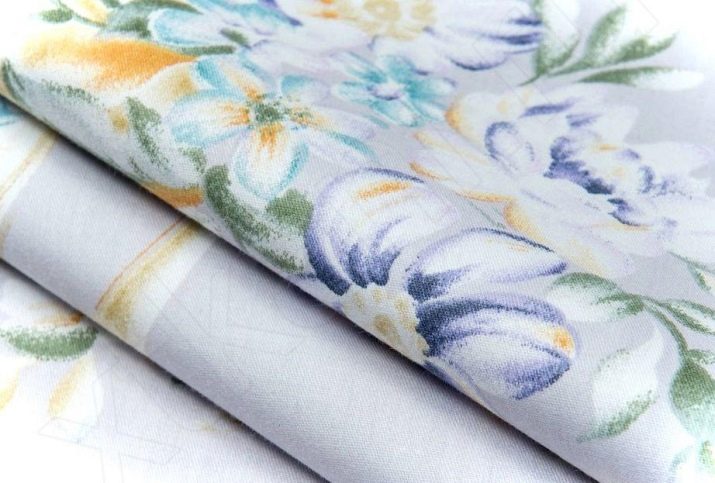
Material characteristics
Twill satin is a material that consists of satin and cotton with a certain percentage of components. A characteristic feature of this fabric is a special order of weaving of threads - symmetrical, 2: 2. This makes it durable, but at the same time soft. In terms of texture, this fabric resembles satin, although it has a lower density. Externally, these two varieties are very similar, they are smooth, silky and shiny, but the main difference is the lower cost of twill satin. The main characteristics of the fabric include:
- strength;
- hygiene;
- shine and softness;
- resistance to deformation;
- slight creasing;
- breathability;
- ease in washing;
- durability;
- low price.
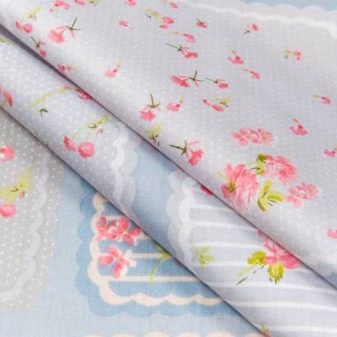
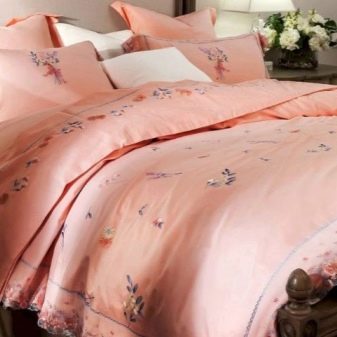
The fabric is natural and hypoallergenic, since it consists mainly of cotton, and also absorbs water well. The so-called mixed twill-satin is more common. It consists of only 35% cotton, the rest is synthetic or viscose. The properties of such a material are slightly worse than natural, but it has increased strength and low price. The most comfortable features are fabric consisting of 50% cotton.
Viscose in the composition gives the material smoothness and improves thermal properties. Twill fabric is predominantly one-colored, although prints are also applied to it.
This material has practically no disadvantages.
However, it is worth noting that synthetics in the composition of the fabric can cause allergies. Cotton varieties, however, do not always stretch well, which can cause some discomfort.
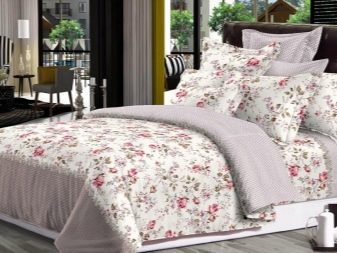

Varieties
The price of the fabric directly depends on the type of raw material from which twill-satin is made. Accordingly, the greater the percentage of cotton in the composition, the higher the cost. You can choose from:
- pure cotton is the most common option;
- silk to which elastane is added;
- cotton and stretch;
- material with the addition of synthetic fibers.
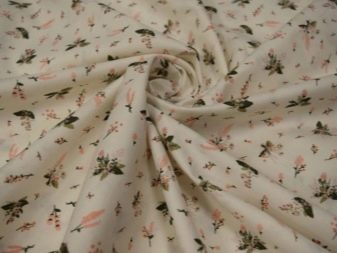
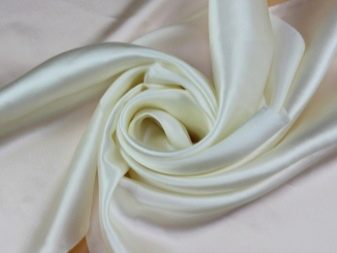

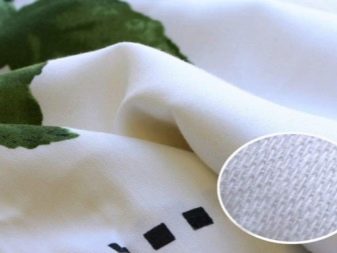
In addition to the constituents, twill is also distinguished by the type of coloring:
- milled - when it is created, twisted threads of different colors are used, which ensures the creation of beautiful patterns on the canvas;
- mottled - on matter two color shades are combined;
- one-colored - fabric of one color;
- printed - a canvas with patterns, prints, drawings applied to it.
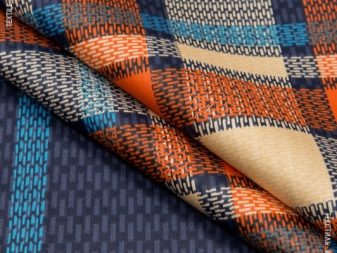

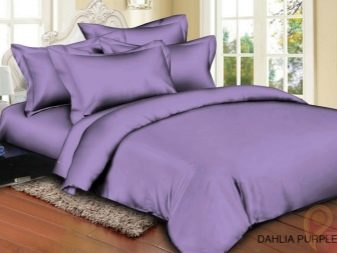
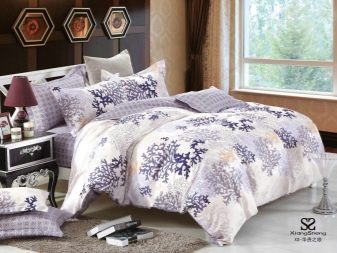
Application area
Due to its excellent performance characteristics, twill satin is increasingly included in our everyday life. Material made from pure cotton or with a small addition of synthetics is used for sewing bed linen. This fabric is rightly considered a classic of the "bed" genre. Pleasant texture and practicality make it a direct "competitor" of more expensive satin. Beautiful shine and silkiness, good indicators of thermal conductivity and breathability - all this is combined in one fabric. In addition, this bedding is extremely pleasant to the touch, and this feature is important when choosing this product.
Pure cotton twill fabric is used for sewing children's things, men's shirts, women's dresses, bathrobes, pajamas and a variety of home textiles. Blended twill satin is used to create workwear, as it has such properties as:
- dust protection;
- good air exchange (there is no "thermos" effect);
- high strength.

Due to its pleasant texture and wear resistance, lining fabrics and furniture covers are made of it. Such widespread use of twill satin makes this material more and more popular in light industry.
Proper care
This fabric is not very whimsical, therefore, does not require complicated care. But still, to maintain a beautiful appearance, you need to follow a few recommendations for caring for the material:
- wash at temperatures below 40 degrees;
- to maintain shape, if possible, use fabric softener;
- do not use aggressive detergents like bleach for washing;
- when drying, avoid direct sunlight on the fabric;
- Things that are well spread during drying can be easily ironed in the “cotton” mode.
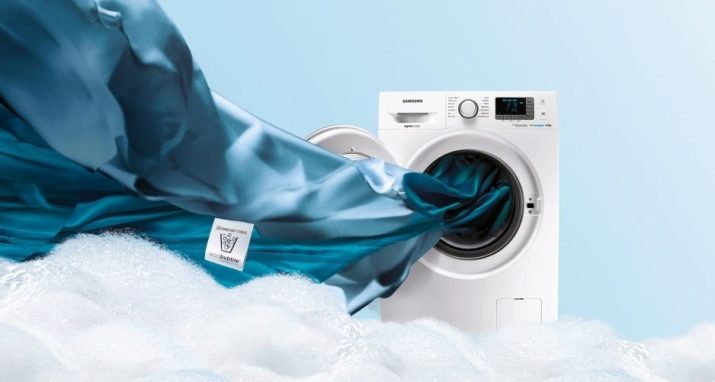
If you follow these simple tips, you can significantly extend the period of use of things from twill satin, and maintain their beautiful appearance.
Reviews
Due to its positive characteristics, this material causes a lot of positive feedback from consumers. First of all, they note the wear resistance of things from twill and the fact that when washing the shape and color of the products are not lost. Since the fabric does not crumple, it is not difficult to iron it. Upholstery for furniture made of this fabric is soft, it has the ability to repel dust, and therefore it is very important to acquire curtains and curtains from this material.
Buyers note the quality of twill satin bedding sets. In addition, pleasing patterns and texture of the material are also emphasized upon purchase. Many indicate hypoallergenic linen, which is important, especially for allergy sufferers.
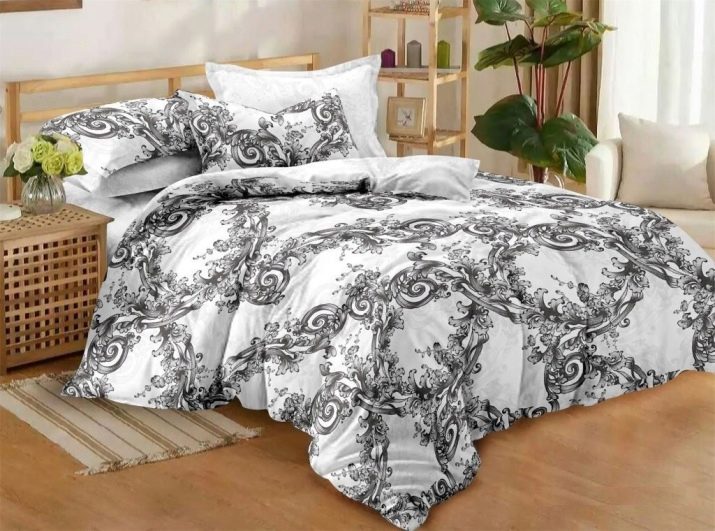
But nevertheless, the main criterion that affects the choice is cost, and here twill-satin wins over many "competitors". There are almost no negative reviews, customers are happy with their purchase.However, some complain that the fabric with the addition of silk is rather slippery and cold, and sleeping on such a bed is not always pleasant.
Each is guided by its own selection criteria, but a fabric such as twill satin will not leave anyone indifferent. Any thing sewn from this material, whether it be a dress, pants, bedding or curtains, is of high quality, durability and beautiful appearance. This material deserves to be appreciated.
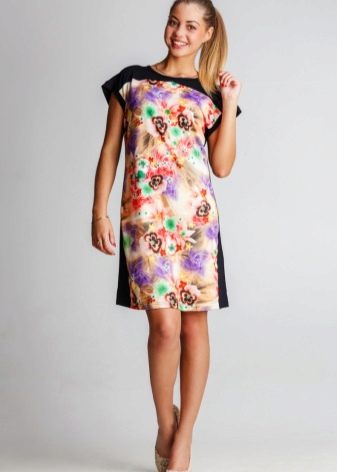
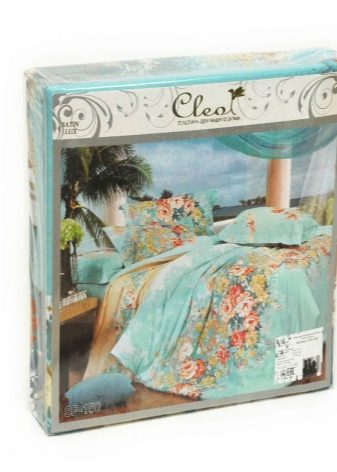
See Twill Satin Fabric Overview.










